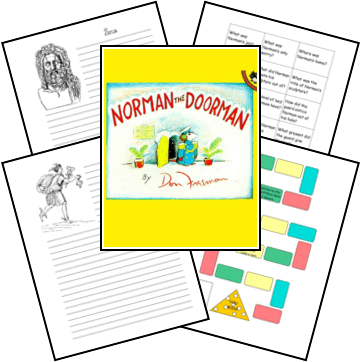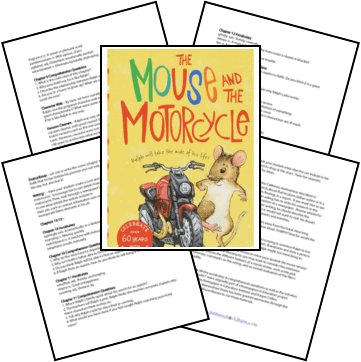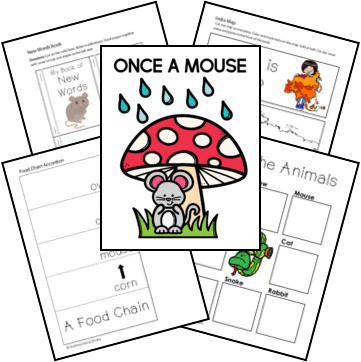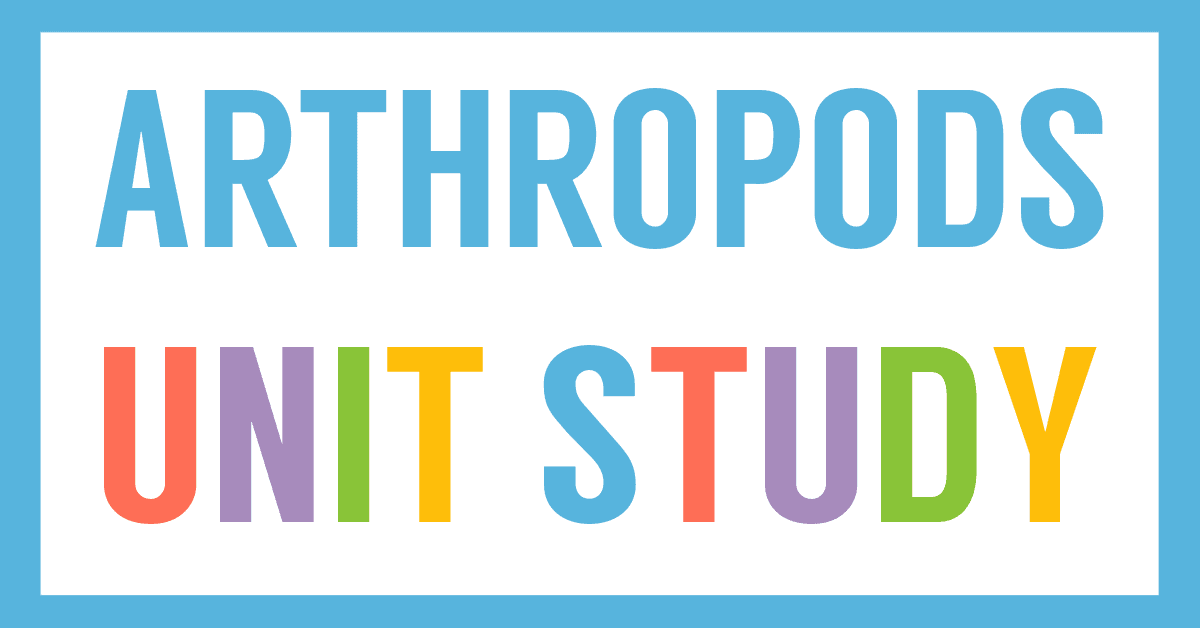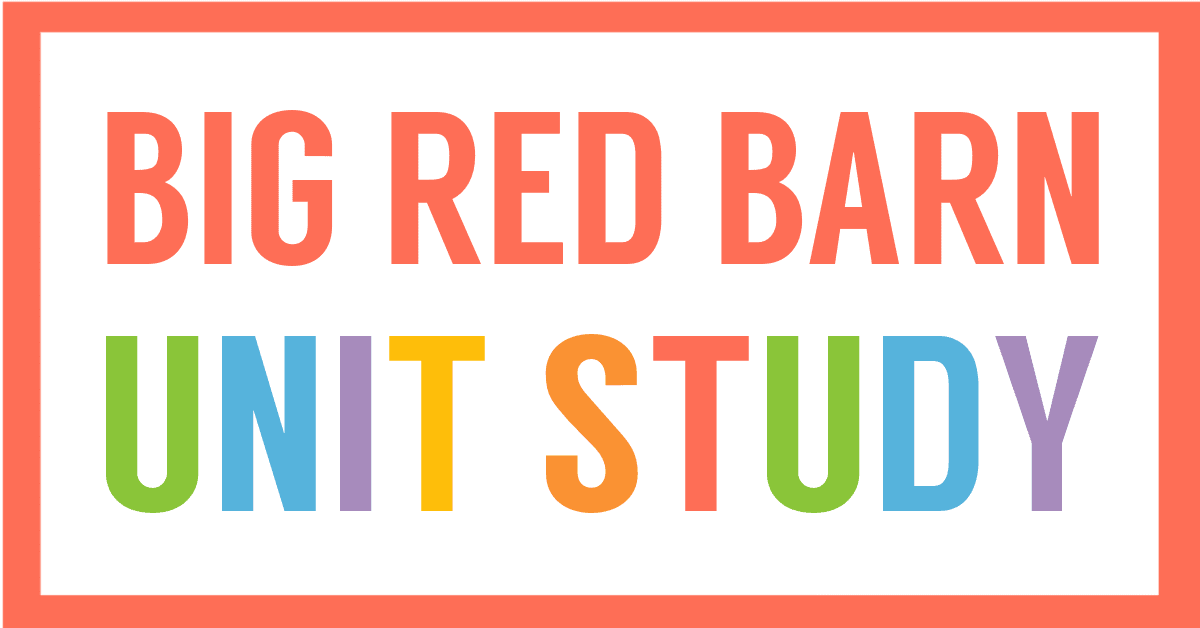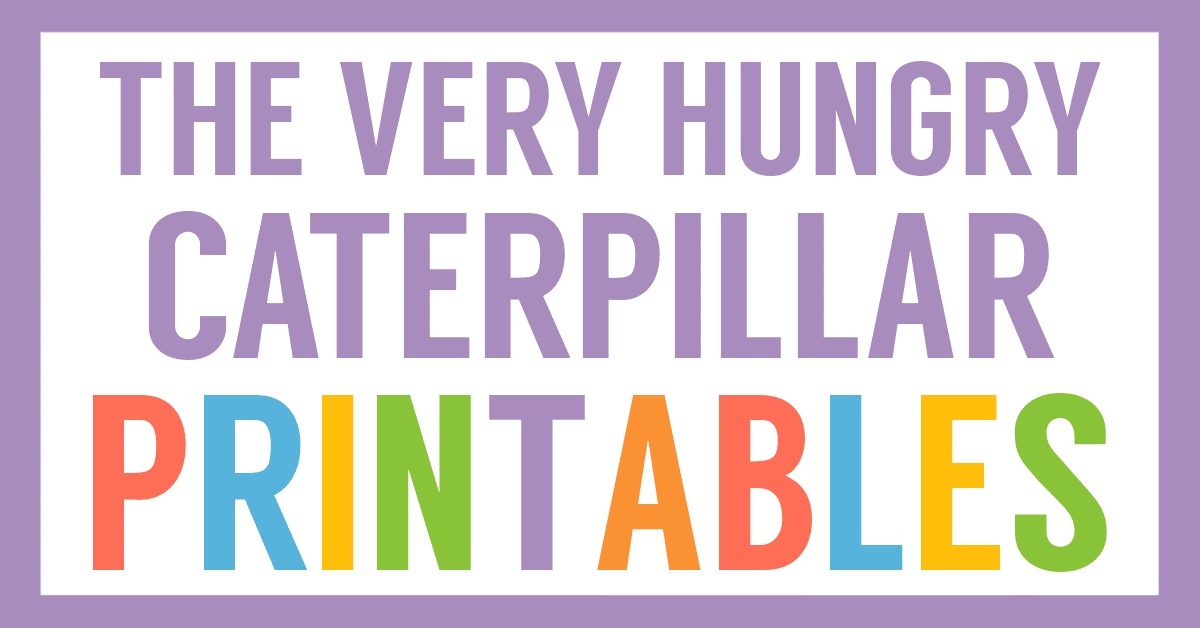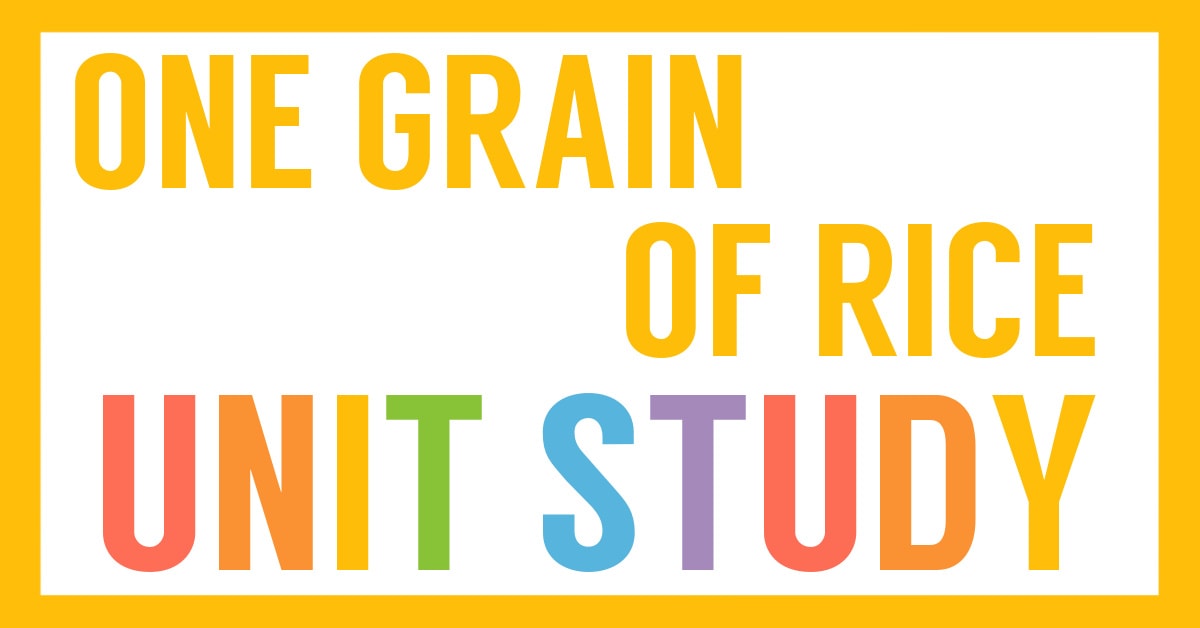Affiliate Disclaimer
We sometimes use affiliate links in our content. This won’t cost you anything, but it helps us to keep the site running. Thanks for your support.
This unit study includes lessons and printables based on the book Norman the Doorman by Don Freeman.
Norman is a doorman. He is also a mouse. Most important of all, he is a sculptor, particularly gifted in his manipulation of mousetraps into mobiles.
This story presents ample learning opportunities: museums, sculptors, Greek myths, armor, snow, hobbies, homophones, and more! Grab this free Norman the Doorman unit study to get started.
Thanks to Wende for writing the lessons for this Norman the Doorman unit study.
Norman the Doorman Unit Study Lessons
Here are some sample lessons from the Norman the Doorman Unit Study.
Social Studies: Greece
Norman showed his friends Greek sculptures in the basement of the museum. Many museums of art have a gallery specifically for the artwork of classical Greece (c. 800BC – 400BC). Greece is a small country in the Mediterranean Sea, and part of Europe. The country is very mountainous, and within some of the mountains is found the finest marble in the world. Greece was famous throughout the world for having the most beautiful, lasting statues, made out of this marble. With your youngest student, it may be enough to locate Greece on a world map, and discuss its capital, Athens. You may also wish to discuss Greece’s major industries, shipping and tourism, and its major crops including currants, tobacco, and olives. The people of Greece speak Greek, and their currency is the Drachma. With older children, you may wish to discuss more thoroughly Ancient Greece, including its mythology, the Olympics, arts including plays and music, architecture, and the country’s impact on civilization today.
Science: Mice
Norman is a mouse. Mice are mammals, meaning they are warm blooded, have a backbone, have live births, and give milk to their young. Mice are a kind of mammal called rodents, and live throughout the world. They have very sharp front teeth that continue to grow throughout their lives, and long tails. They will eat just about anything, and while they are occasionally kept as pets, they are mostly considered a pest. The common house mouse is slightly less than 6.5” from nose to end of tail. They breed every ten to seventeen weeks throughout the year, producing five to ten babies in each litter.
Museums
Norman works and lives in an art museum. Museums are collections of all kinds of historical artifacts, gathered in one place for people to view. The word “museum” is derived from “Muses”, who were ancient Greek mythological nymphs. The first museum, a building devoted to science, learning, and fine arts, was the Alexandrian Museum founded in c. 280 B.C. From then on, any collections of items devoted to these fields were called a museum. While the museum in our story, the Majestic Museum of Art, is a fictional museum, there are many Museums of Art throughout the United States. Has your child ever been to a museum? Some of the most famous museums in the United States include the Metropolitan Museum of Art in New York City, and the Smithsonian Institute in Washington. Museums are usually maintained by various historical, local, or patriotic societies, or by universities or colleges.
You can grab a copy of the entire Norman the Doorman Unit Study and Lapbook in an easy-to-print file at the end of this post.
Norman the Doorman Printables
In addition to the unit study lessons, this file includes some Norman the Doorman printable activities:
- Ancient Greece Envelope Fold Book
- Map of Greece Shutterfold Book
- Flag of Greece Simple Fold Book
- Arms & Armor Shutterfold Book
- Zeus Notebooking Page
- Snow Experiment Book
- Norman the Doorman Game Board & Cards
- Mouse Notebooking Page
- Mouse Layer Book
- Mouse Classification Layer Book
- Mercury Notebooking Page
- Hobby Survey Graph
- Bible Verse Copywork
How to Get Started with Your Norman the Doorman Unit Study
Follow these simple instructions to get started with the Norman the Doorman Unit Study:
- Buy a copy of the book, Norman the Doorman by Don Freeman, or borrow one from your local library.
- Print the Norman the Doorman unit study.
- Choose the lessons you want to use with your student (a highlighter works great for this).
- Choose and prepare the lapbook printables you want to use with your student.
- Enjoy a week of learning with Norman the Doorman!
Get Your Free Norman the Doorman Unit Study
Simply click on the image below to access your free Norman the Doorman Unit Study and Lapbook.

